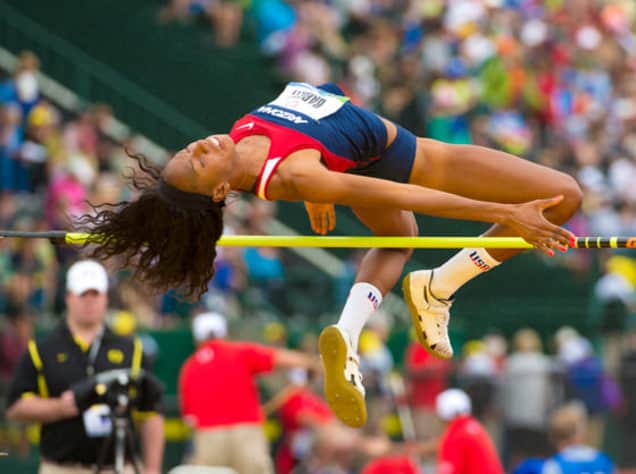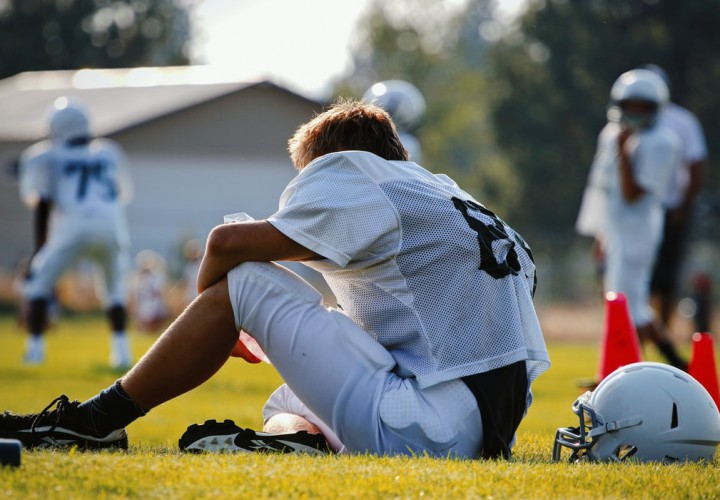Whenever I see an athlete or performer, one of the first things they want to know is when they can return to their activity. As a current competitor in both saber combat and dance, I can tell you I absolutely sympathize. There’s nothing worse than being out of training and competition!

Because of this demand, a lot of work is being done to try and understand when active individuals are safe to allow full return to function after a variety of injuries from major injuries like ACL rupture to faster recovering tissue injuries like hamstring strains. Of course, with such a big breadth to go over, there is no one straightforward answer like “six weeks” or “four days.” However, we have learned a lot about our stages of return to function. So make sure before you are getting back on the court, field, or stage, you can check all of these boxes!
Stages of Return
Stage 1
Tissue integrity at 100% sounds like a no-brainer, but this can take a long time (up to a year and a half after surgery in the case of ACL), and we see an almost catastrophic rate of reinjury when we do not wait for our best evidence on this end, so be absolutely certain your healthcare team has an understanding of where your tissues are at in their cycles!
Stage 2
Limb symmetry in mobility and isotonic and isokinetic strength is another huge thing we should see, and used to be the gold standard for return to sport. Essentially, if your limbs cannot output a nearly identical amount of force and move through a nearly identical range, we absolutely cannot expect them to be up to the same rigors of high level performance. These tests are still being refined to be as accurate as possible, and we do know an uninjured limb loses strength during recovery periods. So this is no longer considered the end all be all of recovery measures. But if we are not at least to good symmetry, we’re increasing risk of reinjury way too high!
Stage 3
Sport specific dynamic stability and agility symmetry is a better measure of nearing return to sport, and was the next gold standard after number 2 here, but again we are learning that even this concept is only a part of the picture. Essentially, activities that mimic the demands of sport (shuttle run for cutting sports, unilateral jumps with and without direction changes for power athletes, power lifts and throws for overhead sports, etc) should at the very least be nearly symmetrical before we consider going back to training, although again, we are learning that because no matter how good the test, we just cannot simulate the demand of a situation in which we are challenging you to the same cognitive, physical, and emotional level of high end performance in a clinical setting. Even these measures need another step.
Stage 4
Your technique and performance in high end practice should look better than before your injury! Once the first three stages above are all true, it’s time to get back to practice. However, we are now recommending that most athletes almost head back to basics. Make sure a basic skill set is just as good if not better than the last time you were performing before you advance to the next hardest, and so on until you can integrate into simulated performance (like active play or rehearsal, moving up to a full show or scrimmage). If you’re not at 100% of where you were before in these simulations or higher, you’re again running a high risk of injury. This final stage is best worked through with an athletic trainer or strength and conditioning specialist. They know the demands of your sport intimately and can be there during practice.
This sounds like a lot, and for some injuries this can be a long slog. For others, these stages return in very quick succession (I was back to 100% just four weeks after my last sprain). But, if we want to protect ourselves well from injury, making sure that we have really gone through all of the items on this checklist before making the full return to performance is vital!



